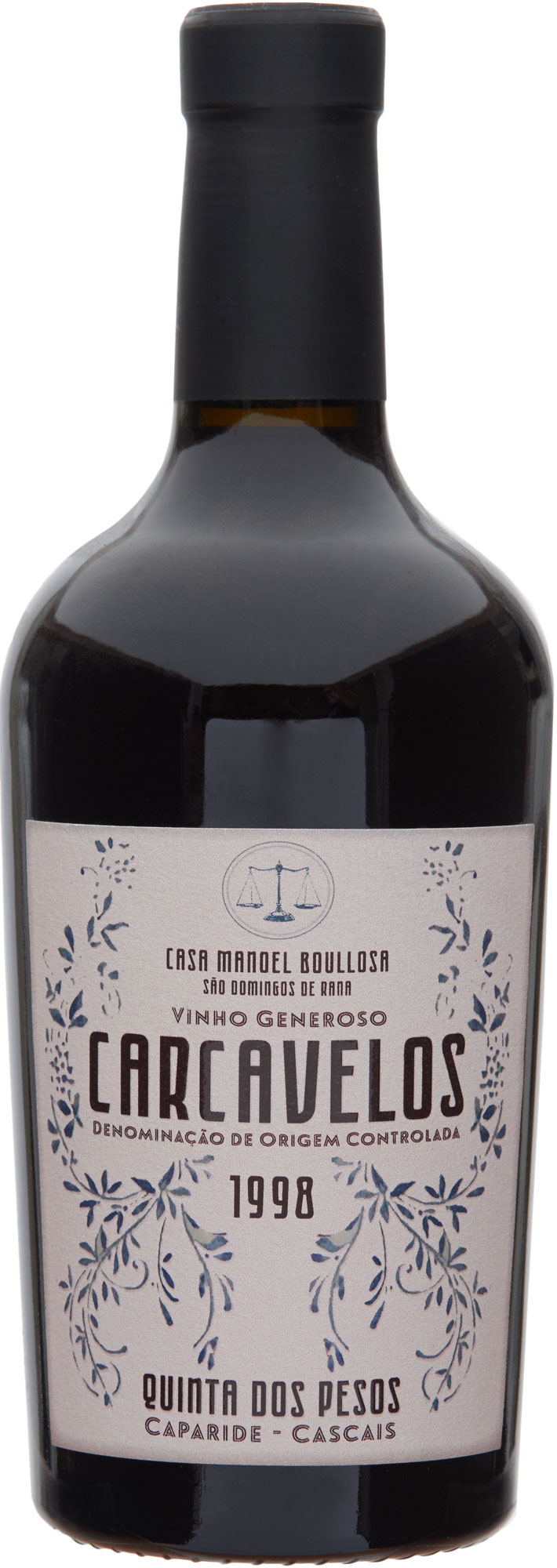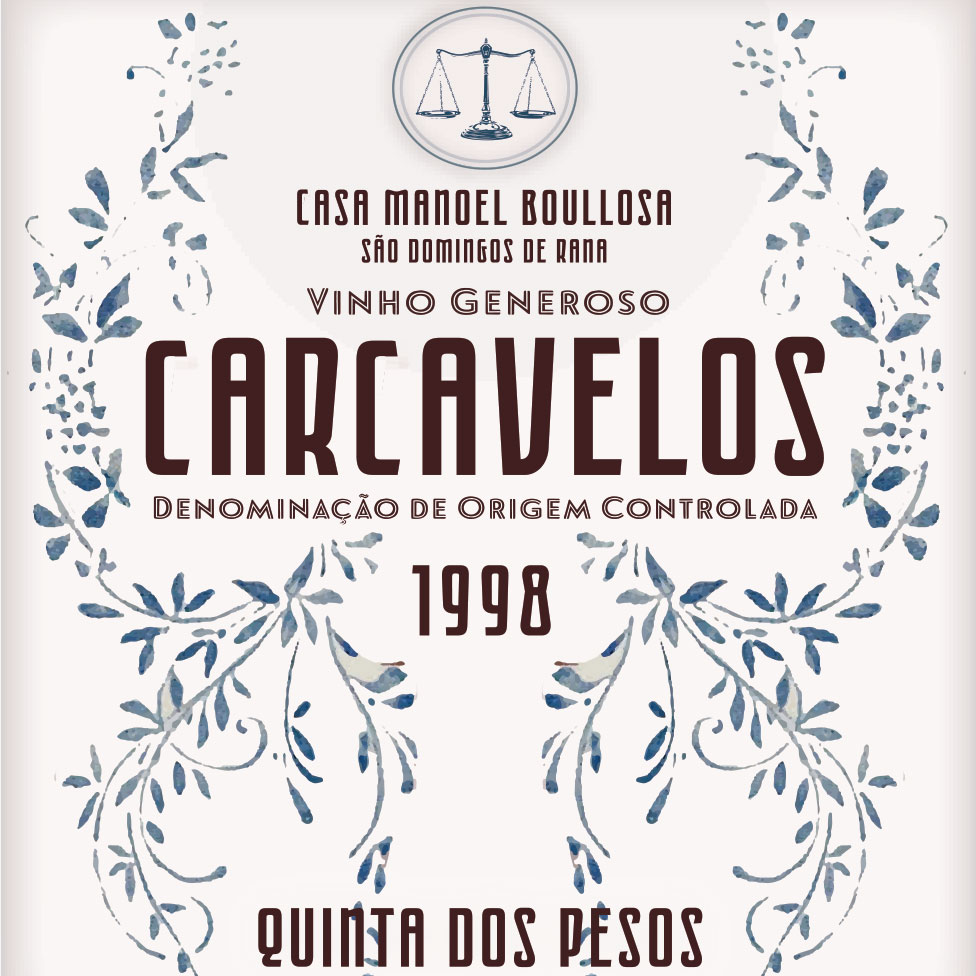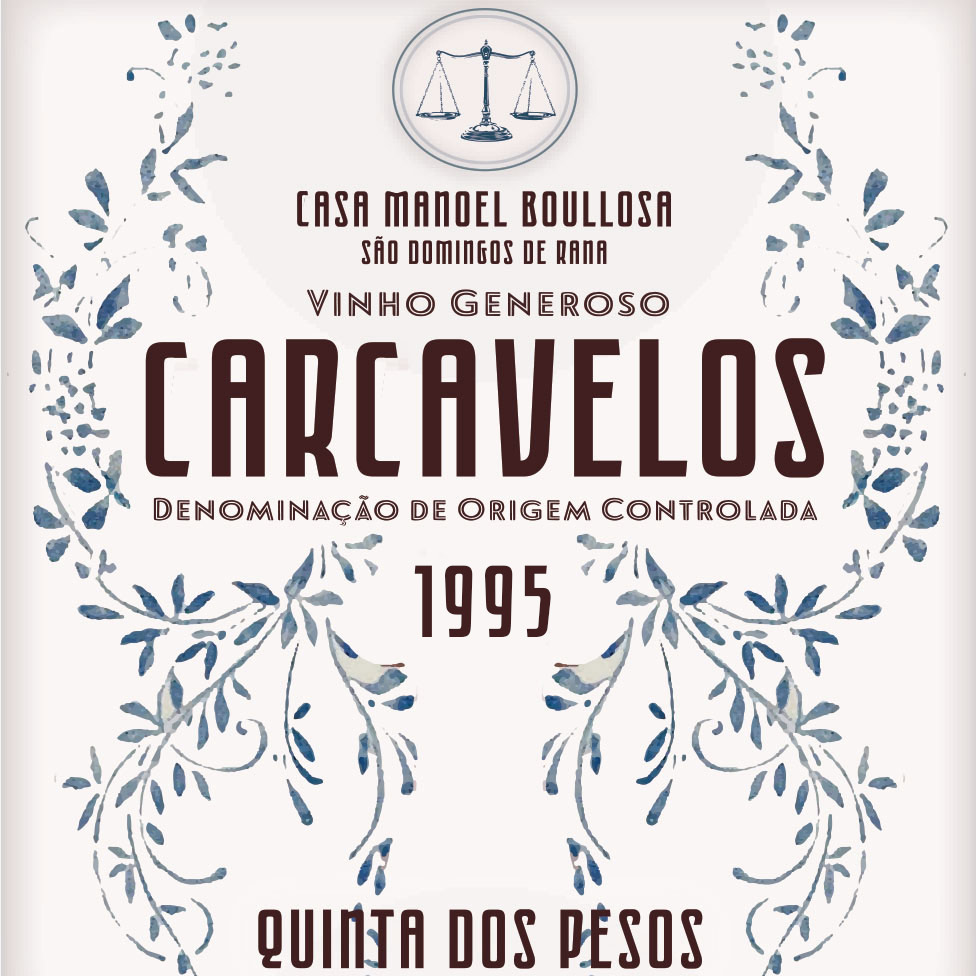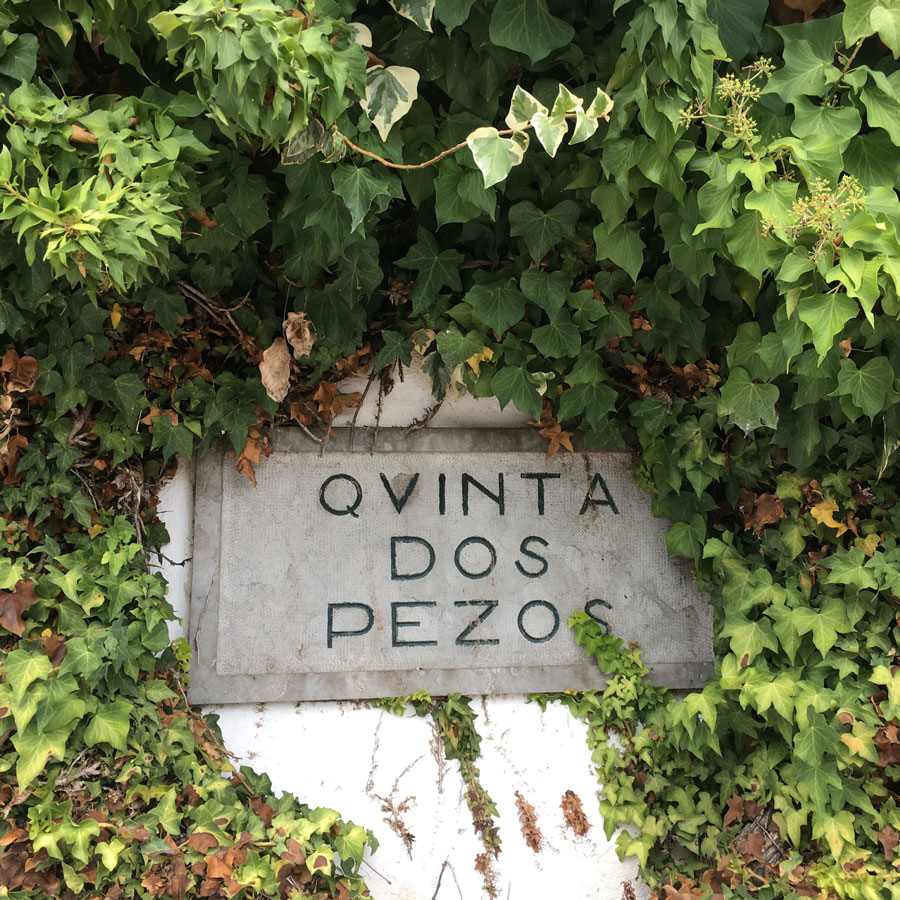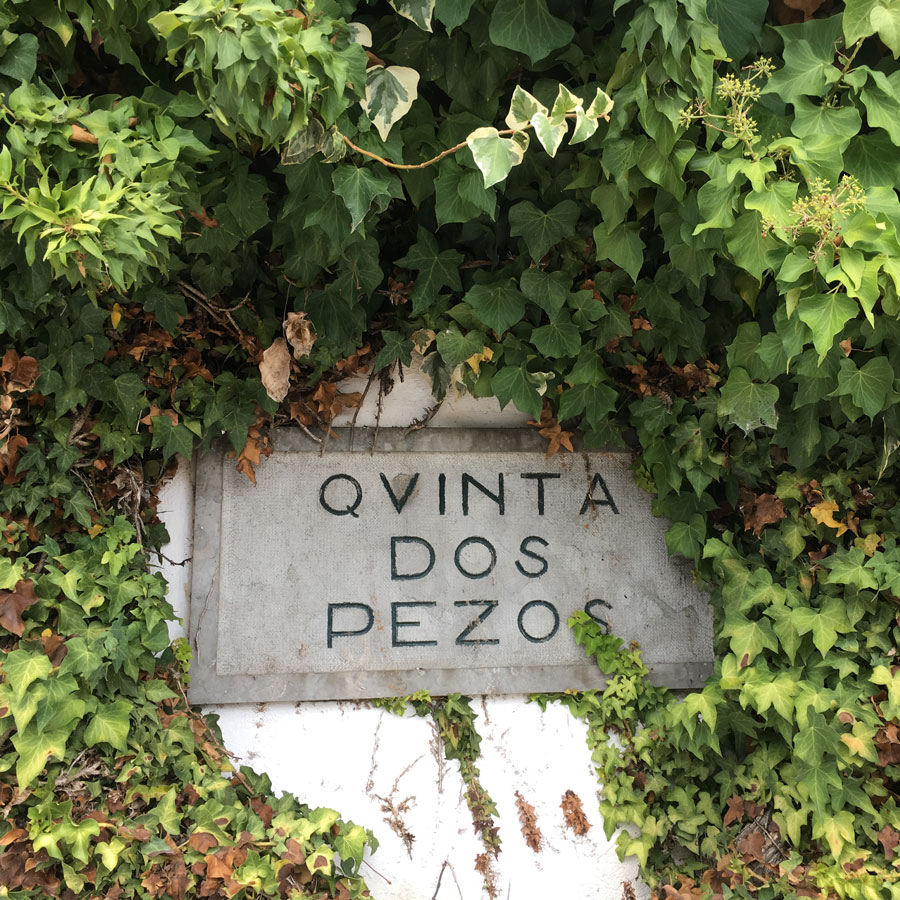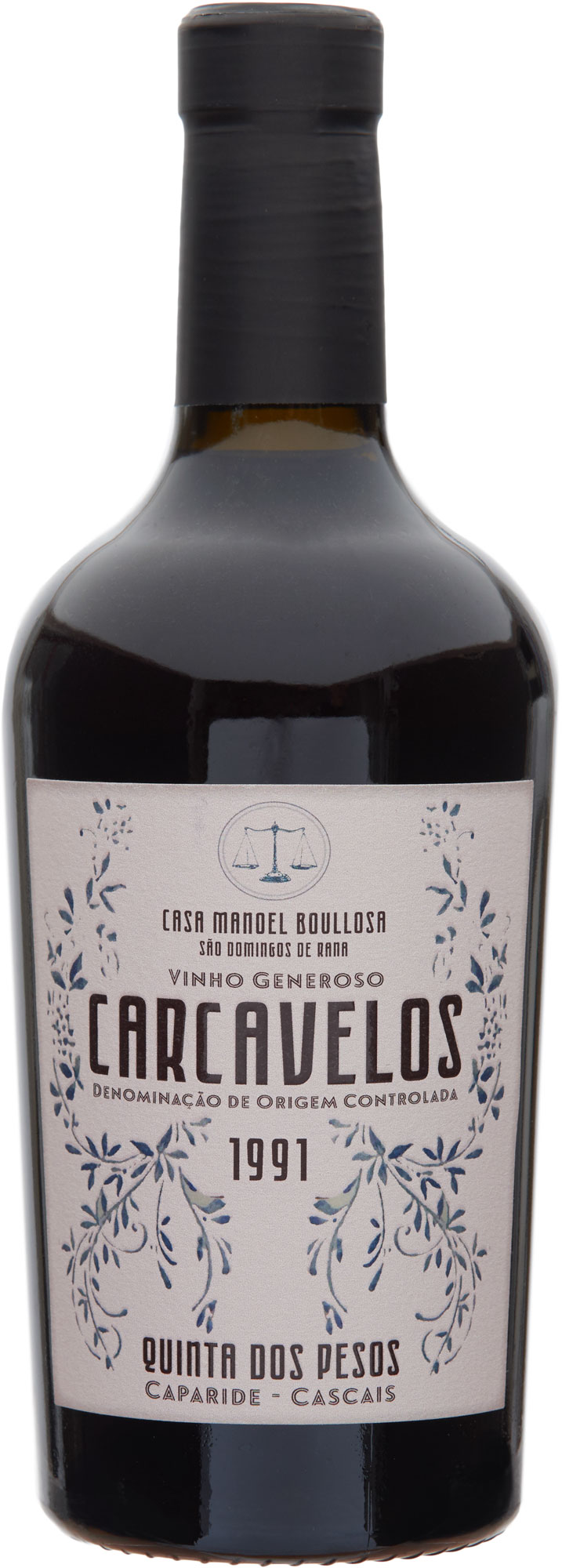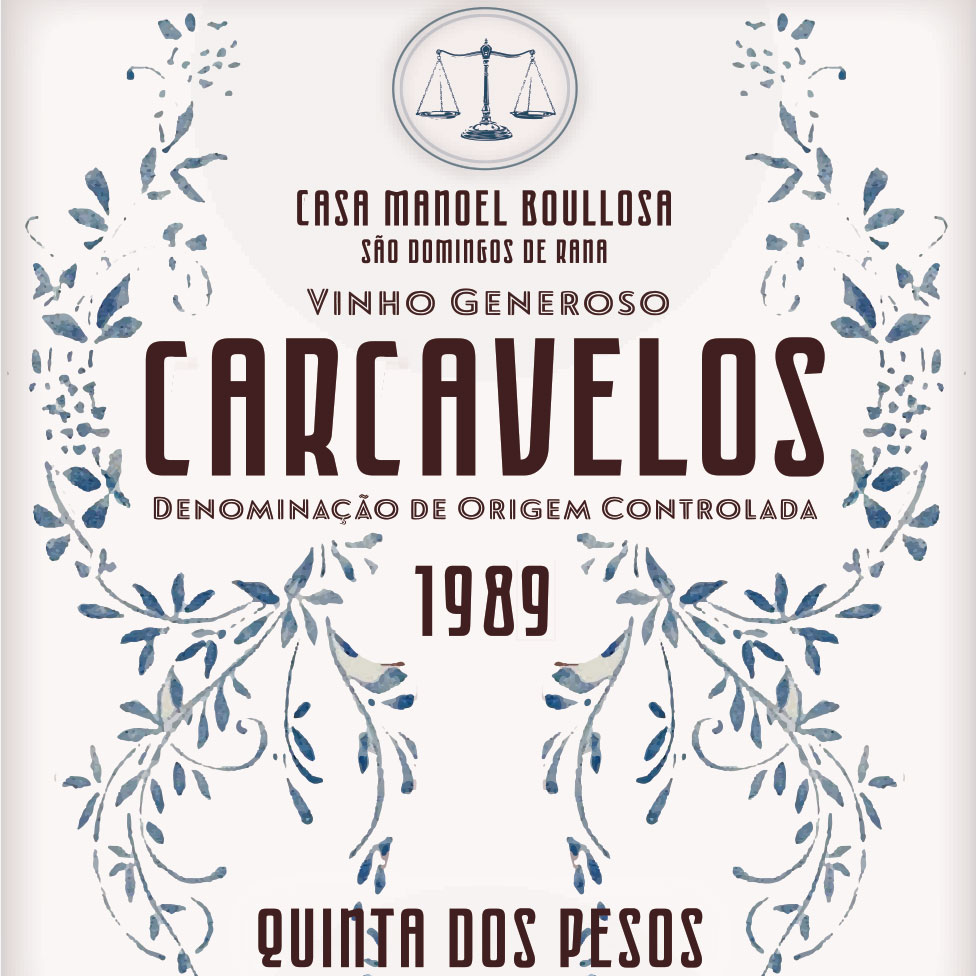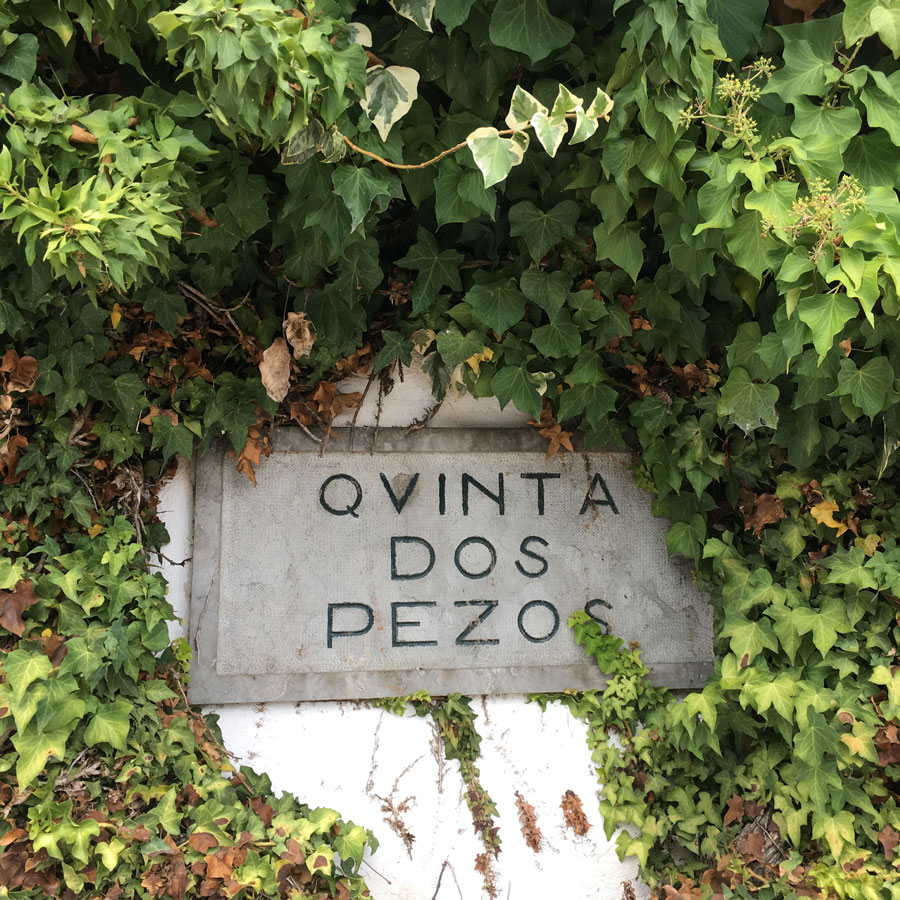Carcavelos
At 25 hectares, Carcavelos is the smallest wine appellation in Portugal. Recognized as one of four great Portuguese Vinhos Generosos in 1908, along with Madeira, Porto and Moscatel de Setúbal, its wines first gained international reputation in the 18th century under the leadership of the first Marquis of Pombal, who served as Prime Minister of Portugal from 1750 to 1777. Gifted to the imperial court of China in 1752 and featured alongside Hock, Burgundy and Malaga in Christie’s of London’s first-ever wine auction in 1769, Carcavelos was sought after and celebrated by Thomas Jefferson, Sir Walter Scott, and André Simon. Yet by the last decades of the 20th century, it appeared on the brink of extinction—with just 12 hectares under vine—victim of its providential location, real estate development, and changing tastes in wine. With one active producer remaining and its bottles rarely seen beyond Portuguese borders, Carcavelos is today amongst the rarest of wines and a fortified wine unlike any other.
Carcavelos is produced from a blend of up to nine different white and red varieties. For the whites: Arinto, Gallego Dourado and Ratinho are most common; for the reds: Castelão and Trincadeira. Traditionally, the wines were fermented dry and subsequently fortified with vinho abafado (a fermented grape must, preserved by the addition of alcohol). Today, arresting the fermentation via mutage is the common practice. The resulting wine is typically 18-20% abv, with 80-100 g/l residual sugar, similar in sweetness to Port or a Boal Madeira. Elevage can range from five to 20 years, the wine becoming oxidative in character, with barrels more or less topped-up, depending on the style of the producer. Both vintage and blended age-statement are made.
Carcavelos vineyards are found in the municipalities of Oeiras and Cascais, west of Lisbon, along the Tagus estuary as it flows out to the Atlantic. Vines have been cultivated here since Roman times, and portions of its harvest were at one time shipped to the Douro to bolster the quality of Port wine production. This practice was outlawed by Pombal—the largest landowner and vine grower in the region—who then began to promote the wines of Carcavelos in earnest, capitalizing on access to the Atlantic and established trade routes. Carcavelos found markets in the British Isles, Brazil and the United States, amongst others. Jefferson was first introduced to the wine while Ambassador to France in 1787, and continued to procure ‘Oeiras wine’ throughout the remainder of his life.
Despite its acclaim, production of Carcavelos remained small relative to that of Port and Madeira, and the arrival of phylloxera in the late 19th century began the wine's slow fade, even as the region was officially demarcated in 1908. Its fortunes further declined as vineyards were lost to redevelopment, and the wine nearly disappeared during the latter half of the 20th century. By 1983, just two producers remained. Ministry of Agriculture officials stepped in to secure its future, protecting its remaining vineyards and establishing the first and only publicly owned winery in Portugal. Now owned by the municipality, Villa Oeiras is the sole active producer of Carcavelos, while the wines of Manoel de Boullosa's Quinta dos Pesos offer a fascinating portal into the history of this unique, long-aged oxidative wine.
Villa Oeiras Carcavelos Tinto 10-Year Old
Portugal ➜ VR Lisboa ➜ Carcavelos DOC 19.0% ABV
19.0% ABV • Fortified, Oxidative
The first ever Carcavelos Tinto imported to the US, this exhilarating wine comes from Portugal's smallest appellation, just west of Lisbon along the Tejo estuary as it opens out to the Atlantic. A terrific alternative to Tawny Port, it is produced from small, calcareous seaside vineyards highlighting local varieties Castelão and Trincadeira.
Full detailsVilla Oeiras Carcavelos 'Nacional' 12-Year Old
Portugal ➜ VR Lisboa ➜ Carcavelos DOC 18.5% ABV
18.5% ABV • Fortified, Oxidative
Villa Oerias Carcavelos 'Nactional' 12-Year Old is Carcavelos as it might have been when it was first produced by the Marquis do Pombal in the mid-18th century. Aged exclusively in Portuguese ('Nacional') oak, which lends a pleasingly rusticity and generosity of spirit, it is the first such expression of Carcavelos in more than half a century.
Full detailsVilla Oeiras Carcavelos 15-Year Old
Portugal ➜ VR Lisboa ➜ Carcavelos DOC 19.0% ABV
19.0% ABV • Fortified, Oxidative
Benchmark of the appellation, Portugal's most diminutive and one of the smallest in Europe, Villa Oeiras Carcavelos 15-Year Old was the first Carcavelos imported to the US in many decades.
Full detailsQuinta dos Pesos Carcavelos 1999
Portugal ➜ VR Lisboa ➜ Carcavelos DOC 20.0% ABV
Quinta dos Pesos Carcavelos 1998
Portugal ➜ VR Lisboa ➜ Carcavelos DOC 21.0% ABV
Quinta dos Pesos Carcavelos 1997
Portugal ➜ VR Lisboa ➜ Carcavelos DOC 21.5% ABV
Quinta dos Pesos Carcavelos 1996
Portugal ➜ VR Lisboa ➜ Carcavelos DOC 20.0% ABV
Quinta dos Pesos Carcavelos 1995
Portugal ➜ VR Lisboa ➜ Carcavelos DOC 20.5% ABV
Quinta dos Pesos Carcavelos 1994
Portugal ➜ VR Lisboa ➜ Carcavelos DOC 21.0% ABV
Quinta dos Pesos Carcavelos 1993
Portugal ➜ VR Lisboa ➜ Carcavelos DOC 20.5% ABV
Quinta dos Pesos Carcavelos 1992
Portugal ➜ VR Lisboa ➜ Carcavelos DOC 21.5% ABV
Quinta dos Pesos Carcavelos 1991
Portugal ➜ VR Lisboa ➜ Carcavelos DOC 20.0% ABV
Quinta dos Pesos Carcavelos 1990
Portugal ➜ VR Lisboa ➜ Carcavelos DOC 21.0% ABV
Quinta dos Pesos Carcavelos 1989
Portugal ➜ VR Lisboa ➜ Carcavelos DOC 21.0% ABV
Quinta dos Pesos Carcavelos 1988
Portugal ➜ VR Lisboa ➜ Carcavelos DOC 21.0% ABV
Quinta dos Pesos Carcavelos 1987
Portugal ➜ VR Lisboa ➜ Carcavelos DOC 21.0% ABV














